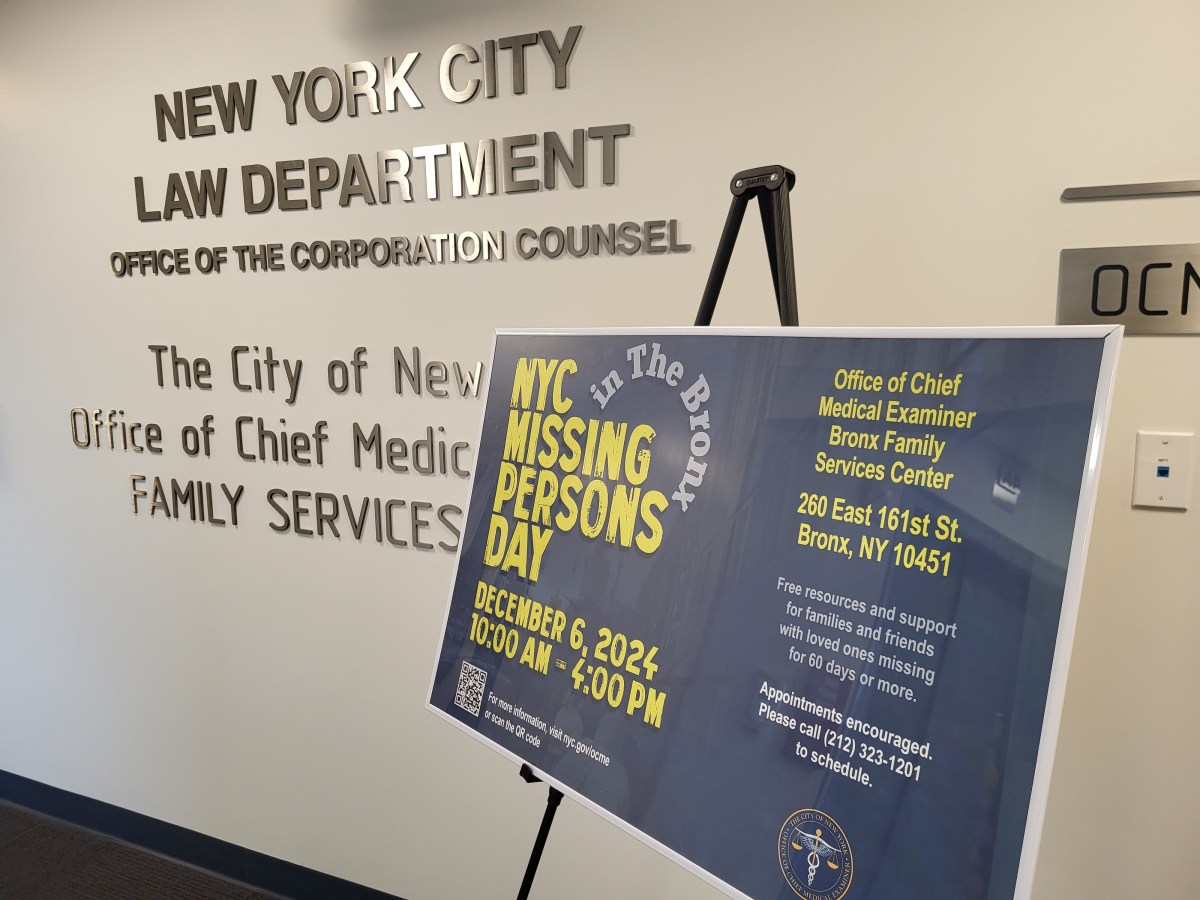
Four more young lives were extinguished this past weekend. A number of factors, including poor judgment on the part of a limousine driver, may have been factors in the tragedy, but the dominating issue, once again, appears to be drunken driving. So is this the tragedy that will finally make us get serious about ending the scourge of drunken driving? Or do we need to fill a few more caskets and pews?
Over the July Fourth weekend, 70 people were charged with drunken driving on Long Island. How many more got away with it? How many, sooner or later, will injure or kill someone while driving drunk?
There’s nothing wrong with drinking if done responsibly. The pains eight young women took to be responsible Saturday evening make the deaths all the more heart-wrenching. Headed to the North Fork for stops at wineries, these eight friends rented a limousine. Now Stephanie Belli, 23; Lauren Baruch, 24; Amy R. Grabina, 23; and Brittney M. Schulman, 23, are dead, and four friends with them are injured. Steven Romeo, 55, is accused of driving while intoxicated and smashing his pickup truck into the limo.
From 1982 through 2013, 462,316 people were killed in the United States in drunken-driving accidents. That’s more than the number of U.S. forces killed in combat in World War I, World War II, Korea, Vietnam and both Middle East wars combined.
So where are the marches to end drunken driving? Where are the protests against the fact that it’s legal to produce and sell cars that can be operated by drunk people? Last month the National Highway Traffic Safety Administration announced groundbreaking developments in technology that would measure a driver’s alcohol level by skin contact or normal breathing. It would cost only $150 to $200 per unit, and it would prevent cars from running if the operator is drunk. We must insist that it be installed in new cars.
Drunken driving is not the only factor in this weekend’s tragedy.
Is the intersection of Depot Road and Route 48 in Cutchogue overly dangerous and in need of modification? Police say they regularly ticket limo drivers for attempting illegal U-turns on Route 48.
Are stretch limousines as structurally sound as they need to be in their extended centers? Some experts say the vehicles are too long, too weak and too shoddily modified to be safe.
Are limo drivers, especially in mammoth vehicles, properly trained?
These issues merit attention, but it’s drunken-driving incidents that are destroying families. Only a week earlier, on July 12, a father and his two kids were killed on the Southern State Parkway, struck by an alleged drunk driver. The mother escaped but could do nothing as her family perished in a vehicle fire.
There has been progress in reducing fatalities due to driving while intoxicated. They are down 50 percent in 30 years. But it’s not enough.
You don’t have to ask the victims’ families if they believe it should be possible to operate cars while drunk. Ask the drunk drivers serving time. Ask the families of those convicted. Ask everyone you can think of. And see whether you can come up with one good reason to keep tolerating this plague on society.



































